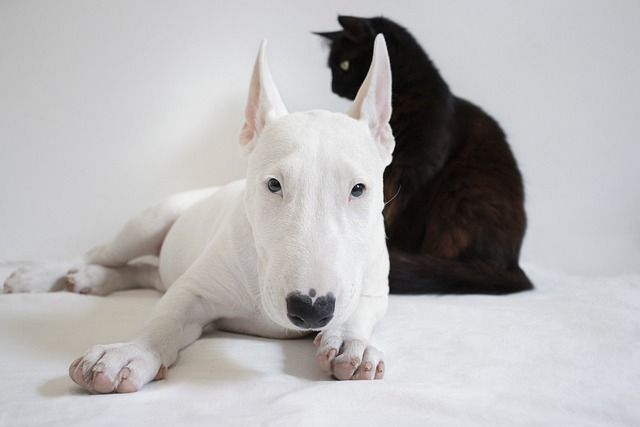
How do i train my dog to be obedient?
Watching your dog dart across the park ignoring your calls isn’t just frustrating—it can put them at risk near busy streets or public spaces.
Teaching your dog to play hide and seek isn’t just about fun—it’s a clever way to boost their mental sharpness and strengthen your bond. Start simple: while your pup is focused on a favorite toy or treat, sneak behind a chair and call their name in an upbeat tone. Most dogs will perk up, nose twitching, and come trotting over to investigate. When they find you, shower them with praise and that treat—positive reinforcement works wonders in dog training, after all.
As they get the hang of it, crank up the challenge. Try hiding in another room, leaving a faint trail of kibble if they’re struggling. Border collies and poodles, known for their smarts, might catch on in a day, but don’t rush a bulldog or basset hound—their noses work overtime, but they prefer to take their time. A study from the University of Pennsylvania’s School of Veterinary Medicine found that 78% of dogs show improved focus after just three 10-minute play sessions weekly, so consistency beats intensity.

Always keep local laws in mind. In many U.S. states, like New York and Texas, leash laws apply even in parks, so never let your dog roam unsupervised during training. In the UK, the Animal Welfare Act requires owners to ensure their pets don’t cause a nuisance, which means avoiding games that might lead to your dog darting into a neighbor’s garden uninvited. Stick to fenced yards or enclosed dog parks—places where they can safely explore without breaking regulations.
Once your dog masters finding you, flip the script: tell them to “stay” while you hide their favorite toy under a blanket. If they paw at it or nudge it out, that’s a win. Some owners swear by using a command like “find it!” to signal the game, but every dog responds differently—trust your intuition. My neighbor’s golden retriever, Max, took weeks to get the hang of it, but now he’ll root out his tennis ball from under the couch cushions like a pro, tail thumping the whole time.
Remember, this is about joy, not perfection. A few missteps? Totally normal. If your dog gets distracted by a squirrel mid-game, laugh it off and start over. The goal is to make training feel like play, not work. Plus, hide and seek for dogs burns off excess energy—handy for curbing chewed shoes or scratched doors. Just last month, a client in Oregon told me her high-energy Australian shepherd stopped digging up her flower beds after they started daily hide and seek sessions.
By blending patience with play, you’ll end up with a dog who’s not only better at following cues but also more confident in new situations. And isn’t that the best reward?

Watching your dog dart across the park ignoring your calls isn’t just frustrating—it can put them at risk near busy streets or public spaces.

New puppy owners often find themselves rushing to clean up accidents before they set in, and that’s where puppy pad training becomes a game-changer.

If you've noticed your dog's waistline disappearing and your veterinarian has mentioned those few extra pounds, your first instinct might be to simply reduce the amount of food in their bowl.

Training a dog to use a designated spot indoors isn’t as daunting as many new owners fear, but it does take consistency and an understanding of your pet’s needs.

That moment of dread on a walk is all too familiar for many new dog owners. You see another dog approaching down the sidewalk of your neighborhood

If the sight of another dog on your neighborhood walk makes your heart sink as your own dog erupts into a frenzy of barking and lunging, you're not alone.